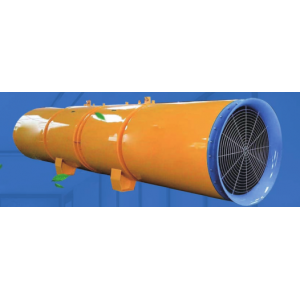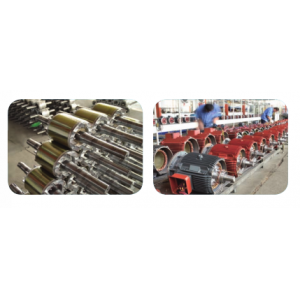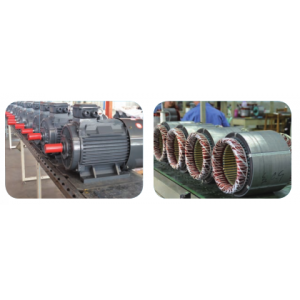Working principle of dustrial ventilation
The working principle of industrial communication is based on the principles of fluid dynamics and thermodynamics.Specifically, the industry through rotating leaves or leaf wheels generate airflow, thereby achieving ventilation and ventilation function.
When the motor of the industrial ventilator starts, it drives the blades or leaves to rotate.The rotating leaves or leaf wheels produce a low -pressure area, causing the air to flow into this low -voltage area from the surrounding environment.As the blade or impeller continues to rotate, the air is pushed to the exit to form a airflow.
In this process, the blade or leaf wheel of the ventilator will exert a force to the air, so that the air can get a certain speed and pressure.The size of this speed and pressure depends on factors such as the design of the ventilator, the speed of the blade or the impeller, and the area of ??the inlet and export of the ventilator.
Industrial ventilations are usually designed to provide sufficient airflow and pressure to meet the needs of a specific working environment.For example, in the chemical industry, industrial ventilation may need to provide a large amount of air to support burning and heat dissipation; in the construction industry, industrial ventilation may need to provide sufficient airflow to maintain the freshness and comfort of indoor air.
In addition to basic ventilation and air replacement functions, some industrial ventilations also have other characteristics, such as speed regulation, muffler, filtering, etc. to meet different application needs.
In general, the working principle of the industrial ventilator is to generate airflow through rotating leaves or leaf wheels, thereby achieving ventilation and ventilation function.In practical applications, the design and performance of industrial ventilation will be optimized and adjusted according to the specific working environment and use needs.
 Pipe connection method of air
Pipe connection method of air
 Installation and debugging of
Installation and debugging of
 Advantages and adjustment meth
Advantages and adjustment meth
 How to debug a centrifugal cur
How to debug a centrifugal cur

